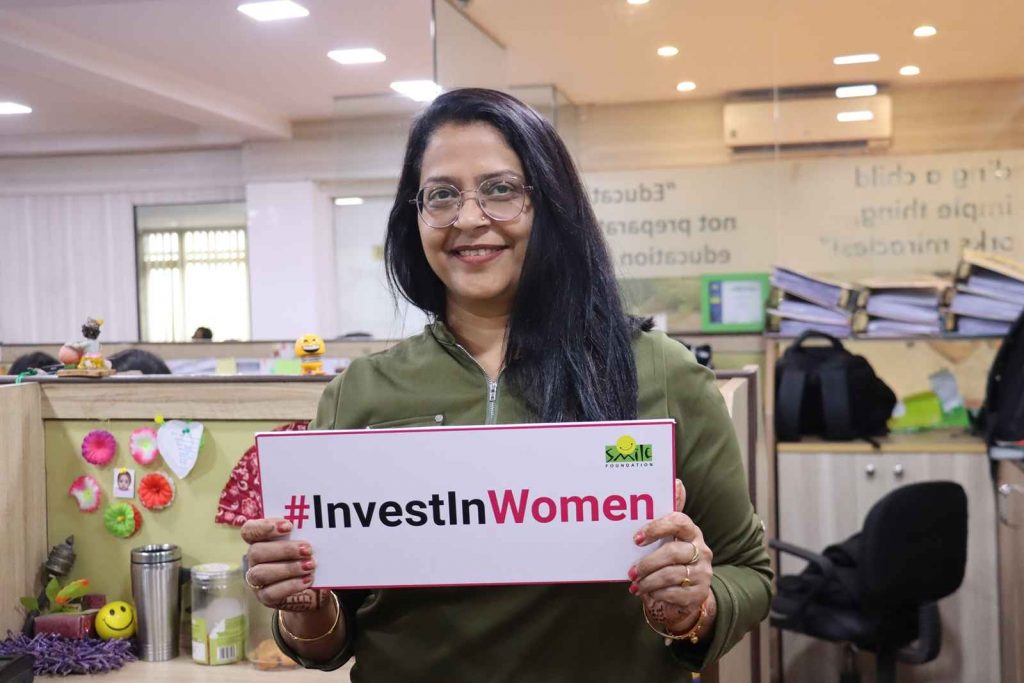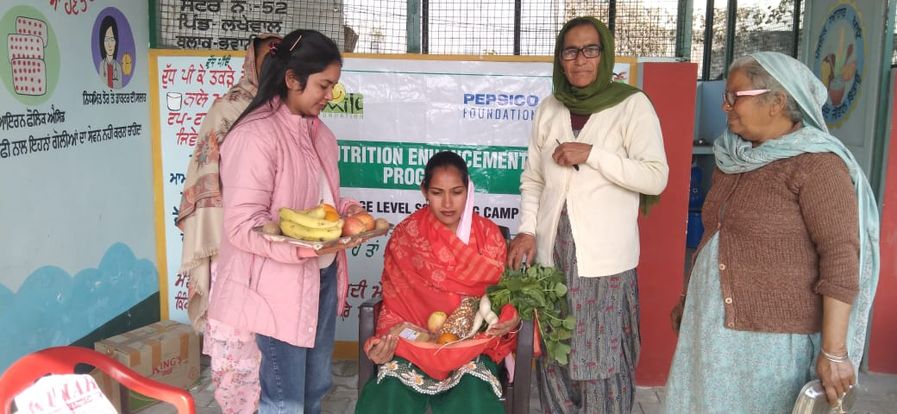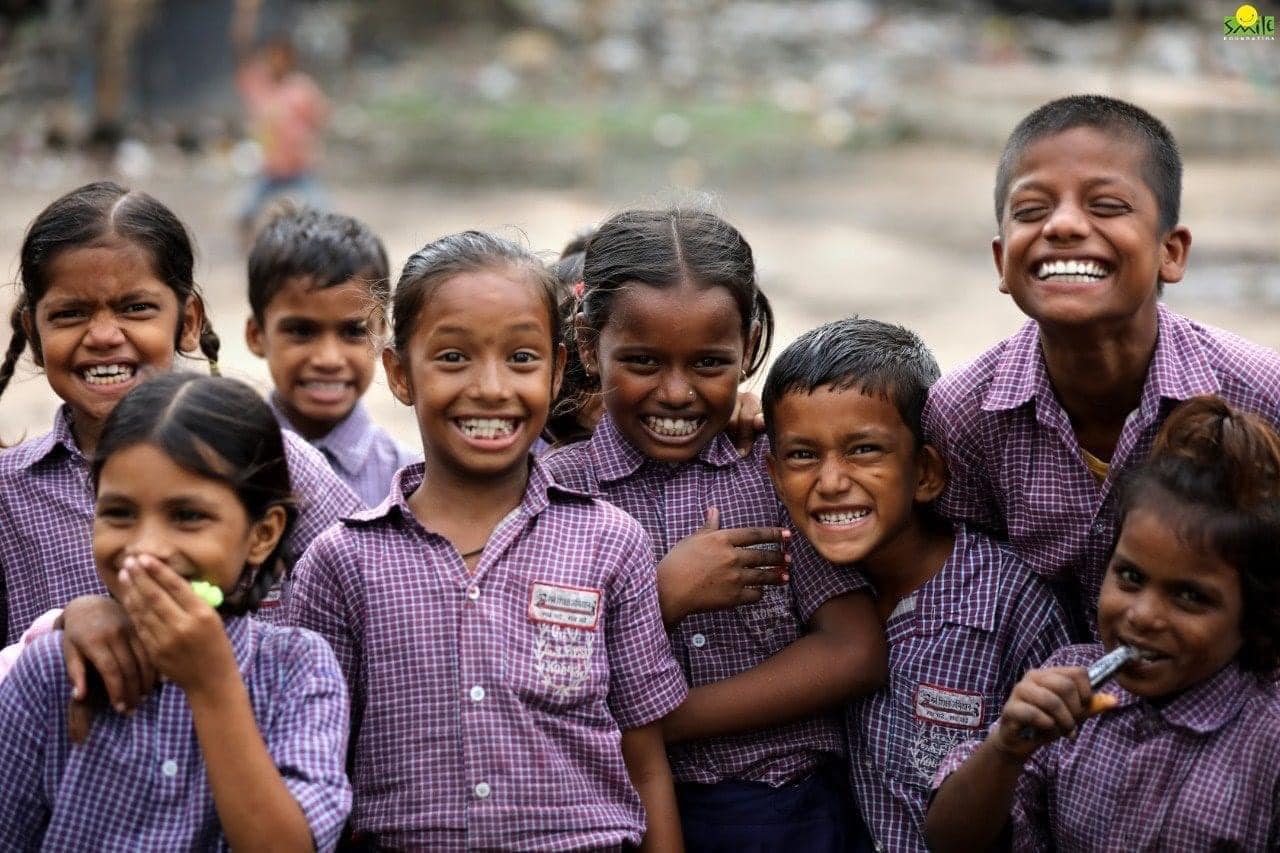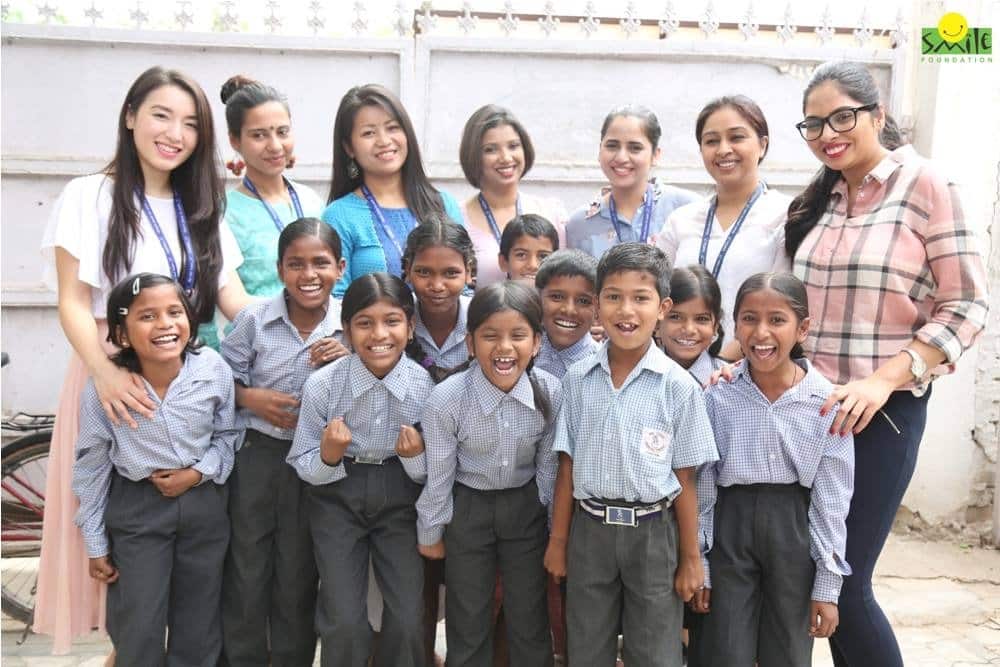Today India has carved out its place in the global realm as one of the leading digitally empowered nations. Standing tall as the third largest country to be a digitalized country in the world, the journey of digital empowerment of India has indeed come a long way. However, there are still some challenges that need to be addressed; currently, one of the most pressing needs of the hour is to empower rural women of India with the powers of Digital Literacy.
The Digital Landscape of India – A Reality Check
According to a survey, India has over 700 million smartphone users which constitutes 425 million users in rural India. Since 2019, the number of active internet users has grown by 45%, positioning rural India at the center of the World’s Smart Revolution. But?
But even with such impressive numbers, why is rural India’s population still unable to leverage the potential of digitalization? And where do rural women of India actually stand in its consumption?
Digital literacy in India is still at a primitive stage, the study suggests that only about 3-7% of people in rural India use online payment channels, as many of them still do not understand the concept of a QR code or how to enter a payment or enter a password.
This situation becomes more tense, when it is observed that digital education and its usage is divided into genders, as rural women are still learning to hold a smartphone and leverage it for educational and livelihood purposes.
ASER 2023 Report
According to the ASER 2023 report, it has been observed that close to 90% of youth have access to smartphones, but about 43.7% of males are more likely to use their smartphones than females who only about 19.8% have access to their smartphones. When it comes to accessibility of computers or laptops, only 9% have accessibility at home, where females are less likely to access them. The scales do not seem to tipping in favour of women!
Furthermore, the report also highlights that around 90.5% of youth use social media. However, here also the disparity between men and women is evident, as about 93.4% of males are using and leveraging social media as compared to 87.8% of females.
Therefore, keeping in mind the alarming gaps between the two genders usage of digital resources, it is pertinent to seek solutions collectively. Also, concrete efforts should be made to understand the digital empowerment of transgenders, analyzing the gaps in their access and addressing them along the way.
Empowering Rural Women with Digital Education
Progress is not done in isolation. Successfully empowering rural women of India depends on the collective efforts of the government, social organizations and individuals, to ensure that a gender-equal society is created for tomorrow.
Over the last few decades, our government has proactively been working towards empowering rural women in India with the best of technology. From distributing smartphones, and laptops to young female students to empowering them with digital education and digital financial literacy about digital transaction channels, loans and investments – the government of India has introduced several initiatives that aim to reduce the gender digital divide, while giving the rural women of India a key to the door of socio, economic and political opportunities.
Through this initiative, the government has attempted to bridge the digital divide among the rural population. It aims to reach out to 6 crore persons in rural areas, i.e., one member of a family who shall be trained to become digitally literate- learn to operate tablet, smartphones, receive and send emails, browse the internet for information and perform digital transactions.
To empower rural Indian students with learning opportunities similar to urban students, the program envisages filling the gap in teaching and learning. By providing connectivity to all colleges and universities through low-cost and affordable computing devices, the program provides students and teachers with high-quality content for better development. The program aims to create an inclusive online educational environment, where students can learn through quality e-learning pedagogy, perform experiments in virtual laboratories, and connect with online teachers and mentors. It also trains teachers to effectively use new teaching methods that give students experiential learning.
Under the umbrella scheme of Mission Shakti- “The Hub for Empowerment of Women- HEW” is a program that has been introduced to create an environment that enables her to realize her full potential. By guiding, linking and supporting women to various schematic institutions, the program offers women a holistic development in terms of their access to quality healthcare, education, career, vocational training, financial inclusion, social security and digital literacy at districts/ blocks/Gram Panchayats level across the country.
Smile’s Intervention
Aligned with government initiatives like Skill India, Smile Foundation has developed programs like Swabhiman that work meticulously to provide women and young girls of rural India with a strong educational and financial platform.
Started in 2005, Swabhiman has been specifically tailored to give women and young adolescent girls from marginalized communities across the country, the opportunity to equip themselves with quality education, high-standard healthcare, digital knowledge, financial literacy and entrepreneurial skills.
The program offers training and resources through which women can scale up their small-scale businesses, and leverage financial profits that can give them and their families a better and stable life.
To date over 1,50,000 women and young girls have benefitted from the program, while over 1000 women and girls have become changemakers, who are spreading smiles and inspiring many other women to break free from whatever held them back.
In contemporary times, the acquisition of digital literacy stands as an indispensable asset for all. The exclusion of rural women in India from this platform not only obstructs their personal development but also hampers the overall development of the nation.
Thus, stakeholders including individuals, welfare organizations, and governmental bodies must collaborate in extending the positive influence of digitalization, to foster authentic digital empowerment of India, for everyone in India.









